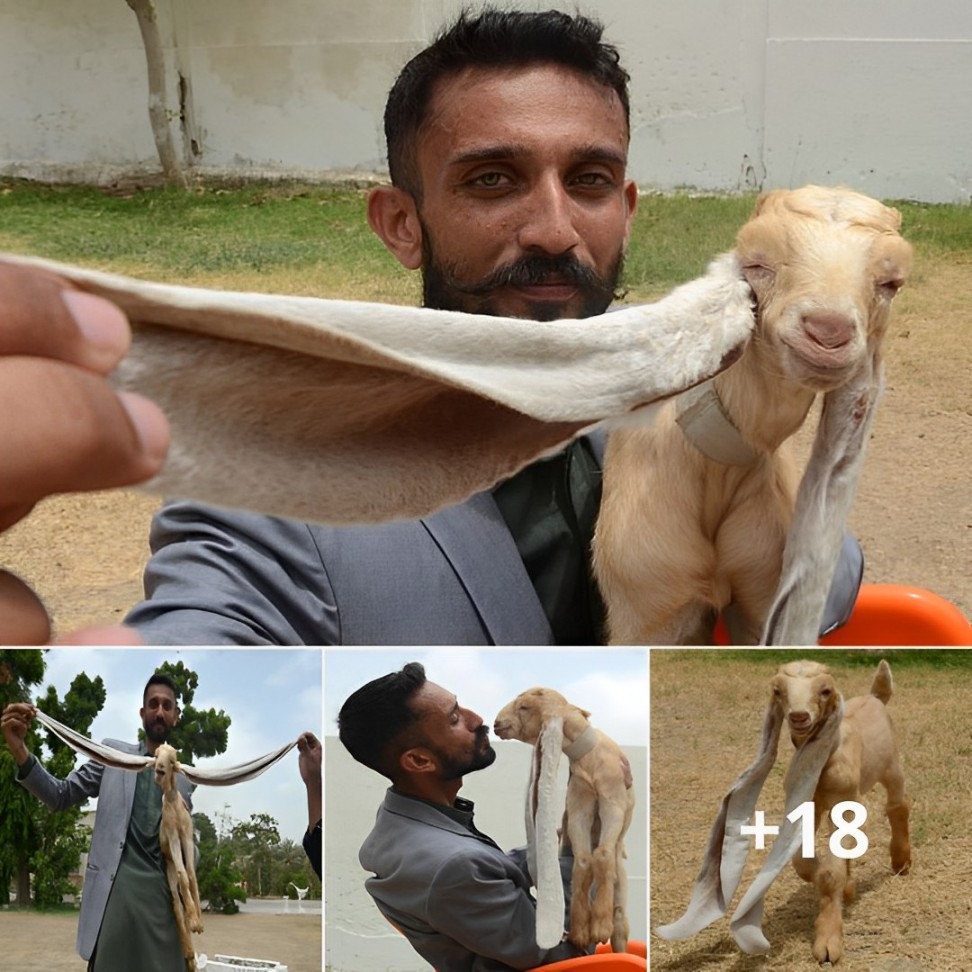The never-before-seen monkey hybrid displays characteristics of two different species.
 Image credit: Lhota et al 2022, International Journal of Primatology
Image credit: Lhota et al 2022, International Journal of Primatology
An unidentified monkey spotted in the Malaysian part of Borneo is a rare hybrid between a proboscis monkey (Nasalis larvatus) and a silvery langur (Trachypithecus cristatus) – two different monkey species that share habitat and are actually competing for shrinking forest space, a new study published in the International Journal of Primatology says.
Hybrid animals sometimes occur in the wild too, but the phenomenon is hardly ever seen between animals so distantly related. Evidence for the two species’ crossbreeding includes photos of cross-species mating, as well as an adult female hybrid who is believed to have offspring of her own. The latter specimen was originally photographed as a juvenile, but according to some more recent photos, she is now an adult and may have an infant of her own.
“She appeared to be nursing a baby,” study co-author Nadine Ruppert, a primatologist at the Science University of Malaysia, told Live Science. “We were all in awe, it was quite surreal.”
 The “mystery monkey” sitting with an infant. Image credit: Nicole Lee
The “mystery monkey” sitting with an infant. Image credit: Nicole Lee
The study authors affectionately call the animal “putative hybrid,” despite the fact that she exhibits intermediate characteristics between N. larvatus and T. cristatus both regarding her coloration and the proportions of her limbs.
The two species are known to hang out in the area in mixed groups, and have even been caught on camera mating. So the settings were indeed ideal for such a hybrid animal to emerge.
 A male and a female proboscis monkey (Nasalis larvatus). Image credit: shankar s
A male and a female proboscis monkey (Nasalis larvatus). Image credit: shankar s A silvery langur, also known as the silvered leaf monkey or the silvery lutung (Trachypithecus cristatus). Image credit: Bernard DUPONT
A silvery langur, also known as the silvered leaf monkey or the silvery lutung (Trachypithecus cristatus). Image credit: Bernard DUPONT
The photos of the hybrid animal holding an infant while she is apparently lactating would indicate she’s fertile. That isn’t necessarily good news though. The researchers have voiced their concern that her existence may be the result of human activity, potentially threatening the species’ future. Deforestation along the Kinabatangan River has fragmented these animals’ habitat, meaning they could now be competing with each other for the limited resources available.
The researchers are worried that this kind of interbreeding between the two species could result in the somewhat larger N. larvatus males throwing smaller T. cristatus males out of their groups. Over time, this could make the latter species go extinct locally.
 Source
Source
Once COVID-19 restrictions are lifted, the team hopes to confirm the female hybrid’s identity using fecal sampling. This approach could allow them to find out more about her genetic makeup in a non-invasive way. Let’s hope the effort will be successful – we will definitely report on it.





